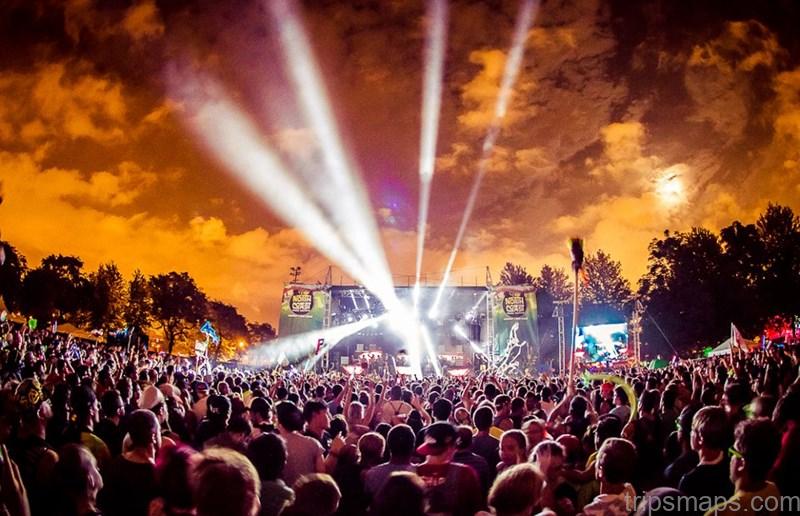THE IMPERIAL APARTMENTS AND SISI MUSEUM -EMPRESS ELIZABETH’S DUNGEON CASTLE
the staircase leads us to the main floor and up to the residential apartments of Emperor Franz Joseph I1 – it is the exact same way the emperor himself used to get home.
But nowadays the “old gentleman” is no longer the leading character in his own residence. The Imperial Apartments begin with the “Sisi Museum”, which is dedicated entirely to Empress Elisabeth2 .

The Entrance – Silver Collection, Sisi Museum and the Imperial Apartments
The beautiful empress was already a legend all over Europe in her time: The romantic love story with the young emperor, her eccentric life balanced between athletic and intellectually poetic par force tours, her beauty cult including her fanatic diet program of famishment, her continual desire to travel and the love affairs attributed to her – all these events are restaged in the so-called experience rooms of the Sisi Museum.
If you are indeed more interested in the authentic lifestyle of the imperial family in the second half of the 19th century, your visit will not really begin until after the Sisi’s experience rooms – in the Waiting Room to the Audience Chamber.
Twice a week subjects from all over the entire empire could seek a personal audience with the emperor – if they had a concrete request or concern; usually though the subjects brought forth more vague manifestations of their admiration or gratitude. No matter, no one was admitted before a thorough check by the responsible court officials.
Emperor Franz Joseph was very proud of his military training and maintained the ideals of correctness, punctuality and compliance to duty throughout his entire life. His work day began daily at 4.30 am . Except during his very few vacation days, which he usually spent in Bad Ischl, he always wore a simple military uniform and for special occasions a full dress uniform.
His taste was amazingly simple. Personal luxury was suspicious to him and he therefore chose to sleep on an iron military bed amidst the splendor of the Hofburg.
In his workroom there are two portraits of his “Angel Sisi”, as he called his wife Elisabeth. They were painted by Franz Xavier Winterhalter3 .
Empress Elisabeth did not like life at court at all and she called the Hofburg the dungeon castle. The opulent taste of her uncle King Ludwig I of Bavaria was much closer to her sense of style than the Spartan barrenness her husband preferred. She tried as often as possible to escape her Viennese dungeon by going on long journeys. Nonetheless her private chambers in the Hofburg give an interesting insight into her lifestyle.
You will get an impression of Empress Elisabeth’s taste in interior decorating in her living room and bedroom. Most important to her personally though were her dressing and exercise room. Empress Elisabeth was fanatic about her looks: The care of her hair alone took three hours every day. She used this time to learn languages on the side and thus came to master English, French, Hungarian and Modern Greek.
Next to her dressing room was her bathroom. For the staff the first bathtub in the Hofburg was seen as a further sign of her particular eccentricity. She had the floor of the bathroom laid out with the latest fashion from England -linoleum.
Where and how the imperial family got together can be seen in the dining room, the last room on the tour. Emperor Franz Joseph I did not even abstain from his military drill during meals: The dining table of the imperial family was set in strict accordance with the protocol governing imperial court meals, the “Sovereign Court Table Protocol” and was subject to strict court ceremonial.
The emperor sat at the center of the table, his guest of honor opposite of him. Conversations were only allowed with the persons sitting next to you.
As soon as the emperor laid down his silverware a course was considered over and everyone’s plates were cleared.
The “Sovereign Court Table” could have up to 13 courses, but still only lasted 45 minutes at most.

If you’d like to experience more of the outlandish lifestyles of the Habsburgs, but this time even more spectacular ones, we can later visit the imperial apartments in Schonbrunn Castle4 together.



